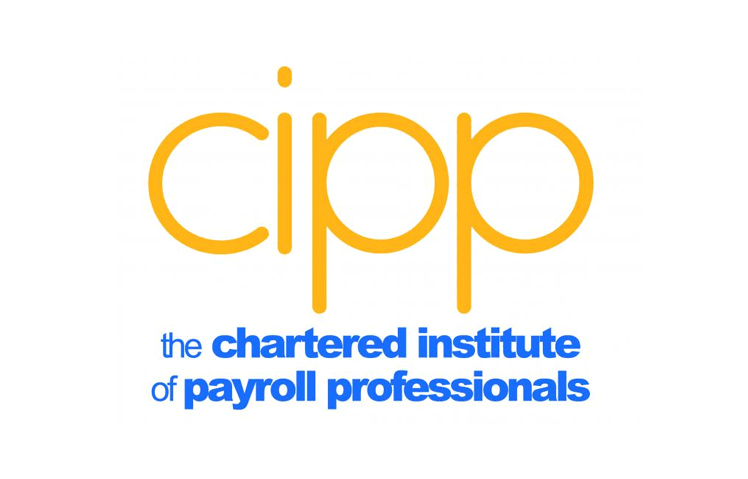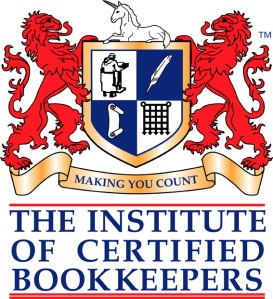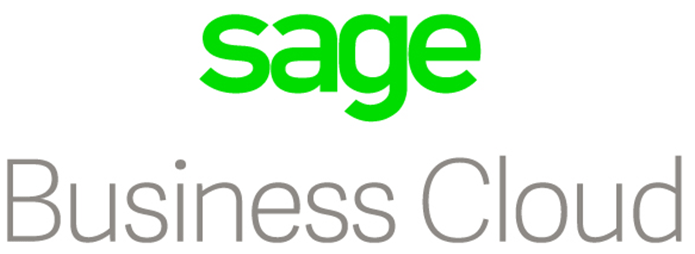MAKING TAX DIGITAL
In 2015 it was proposed that HMRC would move to a fully digital based tax system. The government believes that introducing a new digital tax system is still the right direction to move in. |
|
The current schedule now means MTD will be phased in as follows:
2019/20 TAX YEAR: From April 2019 VAT registered businesses (turnover of £85,000 or more) will be required to keep digital records, using MTD compliant software, for VAT purposes.
2020/21 TAX YEAR: Businesses will be asked to keep digital records or update HMRC quarterly for other taxes.
What does this mean if you are VAT registered?
You will need to move to digital record keeping (i.e. use MTD compliant software to record all your VAT invoices and receipts)
If you do not already use software to record your VAT information (invoices to customers and from suppliers) you need to start planning for MTD.
The new implementation date is April 2019.
What does this mean if you are not VAT registered?
If you are not VAT registered digital record keeping is optional. However, these business owners can gain updated income tax estimates whenever they want, which will help with cash flow forecasting. In addition, eventually MTD will be compulsory for all businesses. Changing the way you keep your records now will ensure a straightforward transition to the new system when it becomes mandatory.






